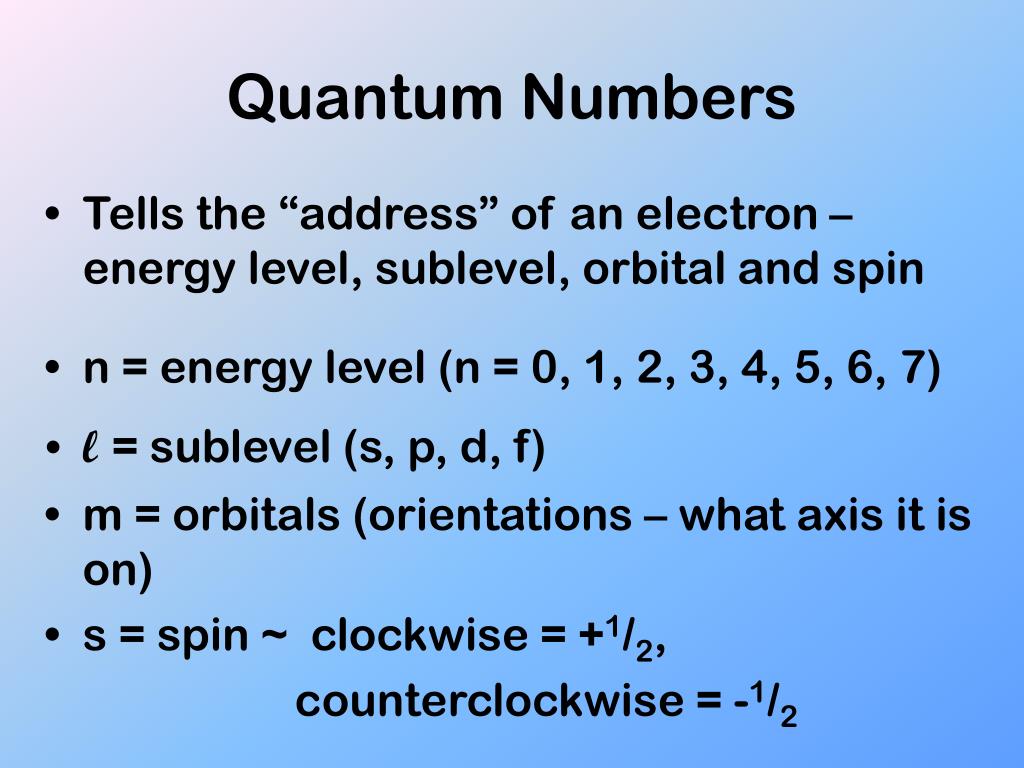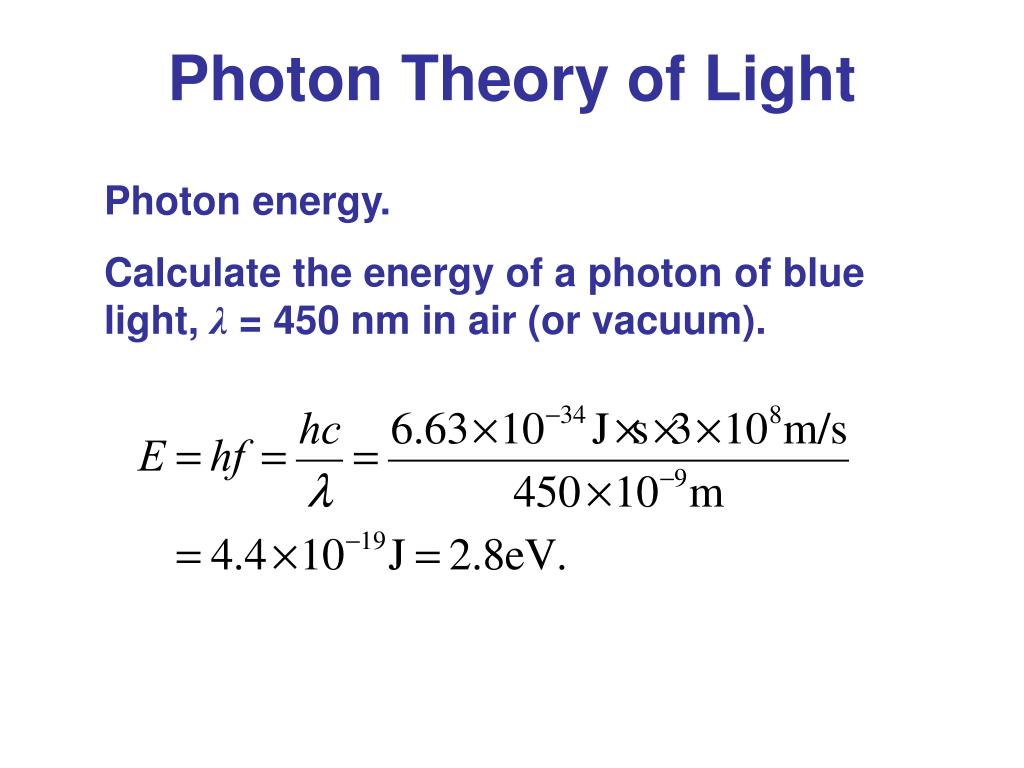
The proton has an attractive force (the gravity of Earth in this case) and a repelling force (forced air). In the analogy, the ping pong ball is an electron in an orbital around a single proton. This experiment can be attempted at home. The ping pong ball is attracted to the ground from the force of gravity, but the forced air from the blow dryer keeps it suspended in air. The ping pong ball vibrates and then settles into position in mid-air. The blow dryer is on low speed and pointed upwards and a ping pong ball is placed into the stream of air blowing up. Imagine a blow dryer and a ping pong ball. It’s still difficult to comprehend, so an analogy will be used to explain quantum. The components of the proton and how this may occur is presented in a page explaining the proton.

To change our way of thinking, we need to consider that the proton has both an attractive charge and a repelling charge. However, with a slight change in our way of thinking, the bridge between the quantum world and the world in which we see becomes apparent. It is currently believed that the quantum world has a different set of rules in the universe. Quantum is difficult to comprehend because the current explanation of the subatomic world is very different than the world larger than the atom. The electron transition to lower orbitals is what creates a photon. The relationship between the electron in an atom being at quantum energy levels, and the photon being quantum packets of energy, is not surprising. When the electron transitions between orbitals, it is referred to as a quantum leap. The electron can only be at specified orbitals (energy levels). When an electron is in orbit around an atom, it is found at quantum energy levels. When photons travel in waves, they are discrete bundles of energy – quantum. Numerous physicists were referring to this bundle of energy as quanta (plural of quantum) in the early 1900s and now it is commonly referred to in this way. What Planck discovered was that photons (including light) are “ bundles” of energy, as he called it, not a continuous wave.

He later went on to win the Nobel prize in 1918 for his work on energy quanta. This definition is essentially referring to the Planck relation ( E=hf) equation that was defined by Max Planck.

The definition of quantum from is “the smallest quantity of radiant energy, equal to Planck’s constant times the frequency of the associated radiation”.


 0 kommentar(er)
0 kommentar(er)
